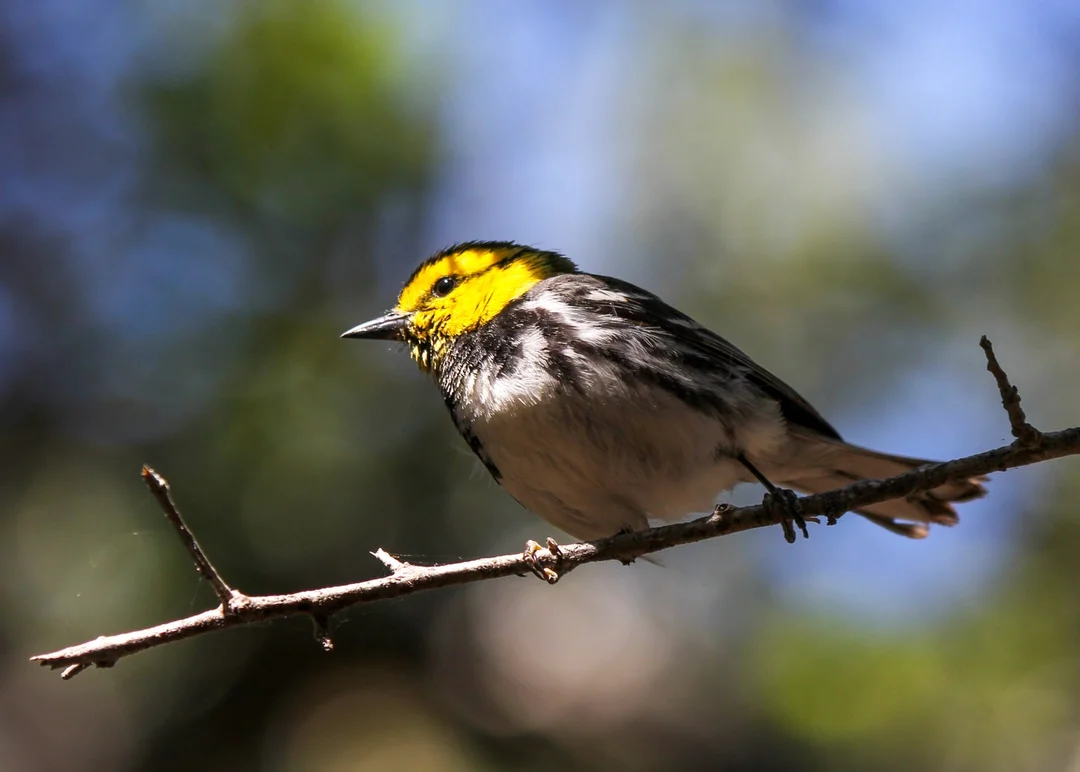
Legislation Aims to Improve Law Credited With Saving Bird Species from Extinction
For more than a century, the Migratory Bird Treaty Act (MBTA) has served as the cornerstone of bird conservation in the United States. This vital legislation has not only protected birds from illegal hunting and poaching but has also mitigated the adverse effects of industrial activities on bird populations. Recently, however, new legislation has been put forward to secure these protections more effectively, underscoring the ongoing importance of the Act.
On May 5th, a new bill known as the Migratory Bird Protection Act was introduced in the U.S. House of Representatives. Co-sponsored by Representatives Jared Huffman (D-CA) and Brian Fitzpatrick (R-PA), this legislation aims to enhance protections for birds, increase conservation resources, and modernize some aspects of the MBTA. This balanced approach is essential for safeguarding the birds that have benefitted from the Act over many decades.
The legacy of the MBTA is evident in the significant reductions in bird mortality rates that have resulted from its enforcement. Notable successes include the reduction of hazards such as uncovered oil waste pits and hazardous power lines, which have helped avert collisions and electrocutions. Furthermore, the work following major environmental disasters, including the Deepwater Horizon spill, showcased the Act's critical role in conserving avian populations. However, uncertainty around the MBTA has arisen from recent changes in policy that could potentially risk these protections.
Indeed, the introduction of the Migratory Bird Protection Act comes in the wake of fluctuations in policy that threaten the stability of bird conservation efforts. After a 2017 policy shift stripped away many protections, a significant legal victory restored them in 2021. Unfortunately, the Biden administration reinstated the 2017 policy, creating a turbulent environment that is detrimental to both birds and the businesses that rely on a consistent legal framework.
As stated by proponents of the new legislation, a firm commitment from Congress is vital for securing long-term protections. The proposed act not only reaffirms protections against “incidental take” — unintended harm to birds — but also introduces a Migratory Bird Recovery Fund and a series of new research initiatives to aid in effective conservation practices.
Reflecting on the history of the MBTA, it is clear that this legislation has played a crucial role in preventing numerous bird species from facing extinction. Following the eradication of the Passenger Pigeon and Carolina Parakeet, the enactment of this law served as a wake-up call to the nation regarding the value of its avian population.
Today, as the bird population continues to face unprecedented threats— with a staggering loss of 3 billion birds reported since the 1970s— we must consider the implications of our actions. Birdwatching has become a beloved pastime for 96 million Americans, generating nearly $280 billion for the economy annually and supporting over 1.4 million jobs. Protecting birds is not only a matter of environmental stewardship but also one of economic viability.
In light of the new Migratory Bird Protection Act, we are reminded of the delicate relationship between human activity and the natural world. As we move forward, the question remains: how can we balance our development needs while ensuring that our feathered companions thrive? Join the conversation in the comments below, and share your thoughts on how we can all work together to protect birds and their habitats.